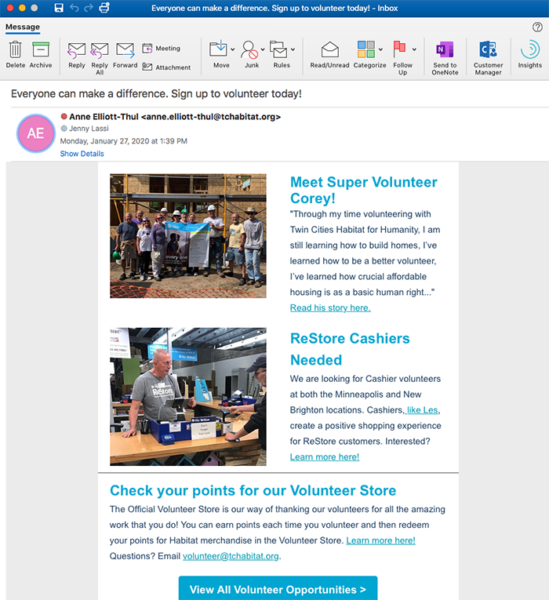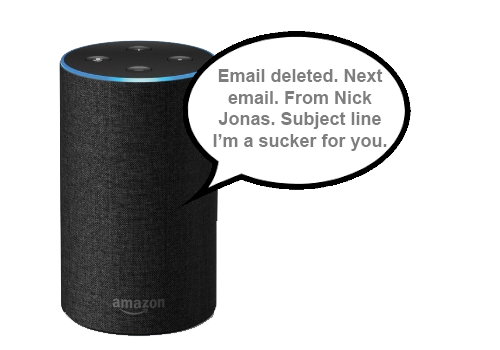Optimizing Email for Screen Readers and the Voice Age

Accessibility is an important part of design and coding an email and is unfortunately an afterthought all too often. The blind and visually impaired must have access to websites, apps and email to participate in society inclusively – a statement no one can refute.
The Dominoes vs Guillermo Robles case brought light to how big brands didn’t put mobile inclusivity first when it developed an app that didn’t play nice with screen readers, a technology that allows the visually impaired to use a computer.
A screen reader uses a Text To Speech (TTS) engine to present information to users with speech dictation or Braille. A screen reader can only read nicely from well-structured hypertext markup language (HTML) code whether it be on a website or an email since the back end for both is HTML. Well-structured HTML should include headings, lists, paragraphs, quotations, tables that include relevant column header information, images with an alternative text description and links that have clear link text.
A structured order of content presentation is also important, especially in a multi-column email layout. The mobile-first approach to email design means sticking with a single-column fluid responsive layout where the content stacking order makes sense when the layout scales down to fit on a mobile device screen. This will ensure the screen reader reads in a logical order.
Equally important is having text in the HTML versus an email layout made partially or entirely of images. This would mean there is minimal or no text for a screen reader to read. When it comes to images, a screen reader would instead read the alternative text (aka alt text or alt tag) for the image that is in the HTML, but visually you can see what that text is before the email’s images are downloaded.

In the above example, you can see a decent image alt tag of “Corey in front of house with site sign” as it describes what is in the image for someone who isn’t able to see the image very well or at all. The “les_260_203” alt tag needs some work because it means nothing to the email recipient and certainly makes no sense if a screen reader would read that out loud.

Bring On Voice
Screen readers are an effective tool for a one-way voice output of what is visually present. The next step in a two-way interaction is the rise of voice assistants like Alexa, Cortana, Google Assistant and Siri. These allow anyone with a visual impairment, or anyone who simply wants to read email hands free while multitasking, to have their emails read to them by the voice assistant.
The voice assistant that has the most support for reading email is Alexa. It’s easy to link your Gmail, Microsoft, Apple or Microsoft Exchange email accounts by going into settings inside the Alexa app. Once linked, all you have to say is “Alexa, what emails do I have?” and Alexa will read the text content of the email. Alexa does not read image alt tags at all, so it’s best to structure your email’s HTML to have all relevant information in the text where images support the text but without relying on images to communicate any part of your message.

From there you can reply to the email while dictating your message, delete the email, archive the email or switch to the next message.
Additional Tips to Optimize Your Email for Voice Assistants
- Pay closer attention to the email’s From name, as they are read out loud by some assistants.
- Pay closer attention to the email’s Subject Lines, as they are read out loud after the From name and should make sense when spoken in that order.
- Keep email content brief and to the point because most voice assistant users want quick updates to “skim” their inbox so they know what they need to delete and what they need to put more time into once they get to their phone or computer.
According to Statistica, an estimated 3.25 billion digital voice assistants are being used in devices around the world. Forecasts suggest that by 2023 the number of digital voice assistants will reach around 8 billion units – a number higher than the world’s population.
New skills are being added to voice assistants every day allowing users to accomplish more while being hands free. If you would like to optimize your emails for accessibility and be read correctly by voice assistants, let’s talk.
